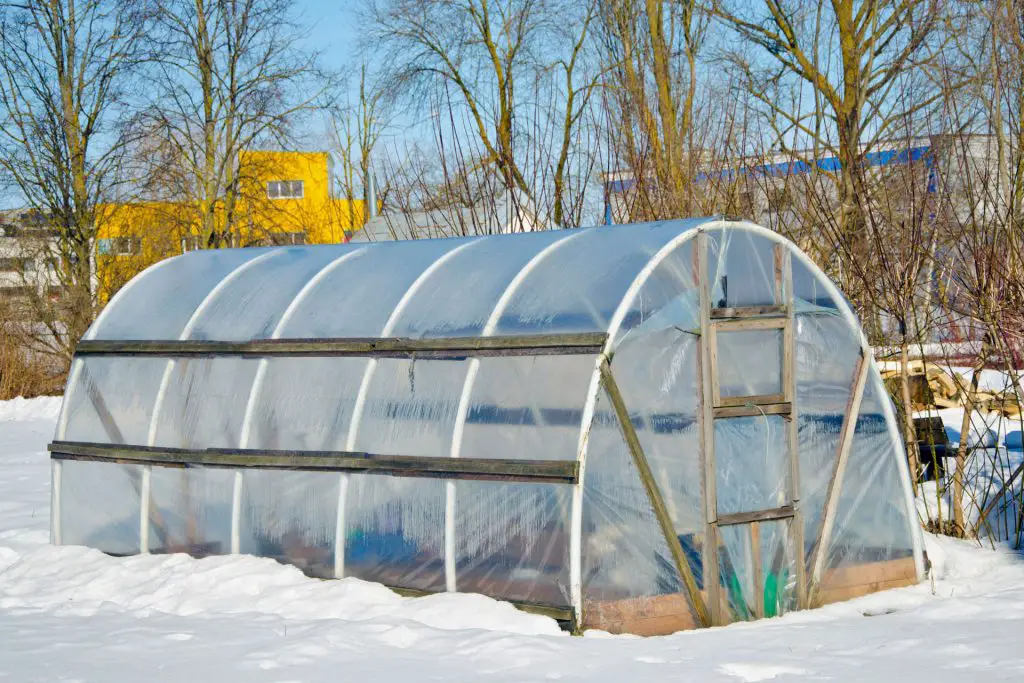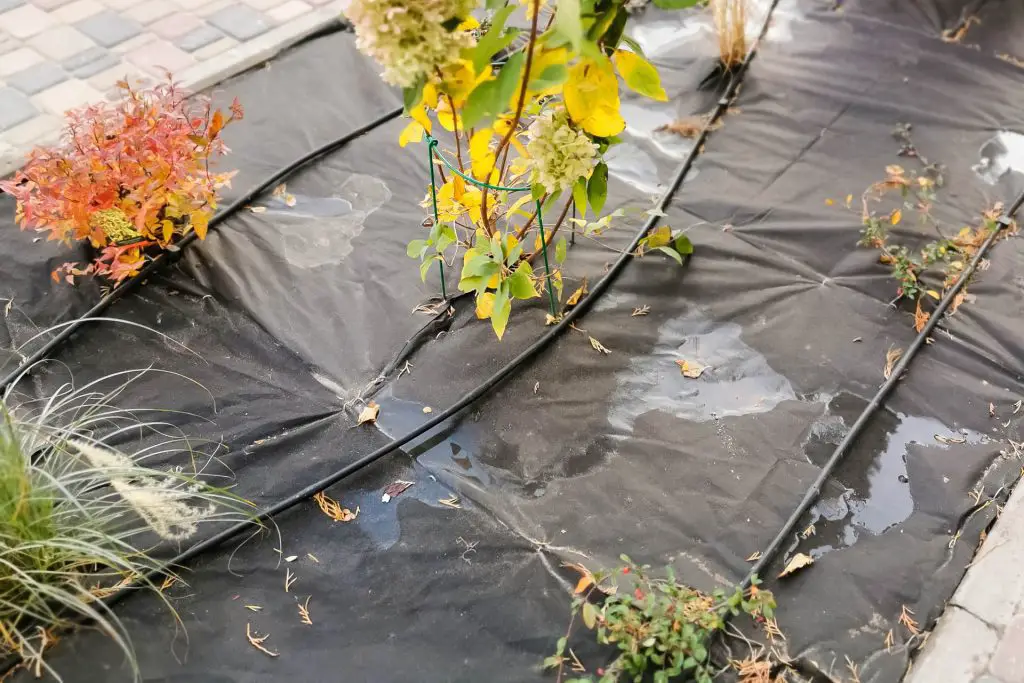Don’t Let Frost Ruin Your Plants – Moving Vulnerable Plants to A Sheltered Spot
When the frost comes, it can harm plants, especially those that are not cold-hardy. When frost occurs, the water in plant cells can freeze, damaging cell walls and tissues. This can cause the leaves and stems of the plant to wilt and die. If you have vulnerable plants in your garden, move them to a sheltered spot, such as a greenhouse or indoor location, when frost is forecasted. This will help protect the plants from the cold and allow them to survive the winter months.
How to Move Frost-Vulnerable Plants

A good time to move vulnerable plants is in early January, before the worst of the winter strikes. This can be especially important if you live in an area with frost. Frost can damage can be severe for some plants so follow the steps below to protect them.
Different Ways to Move Plants to A Sheltered Spot
There are a few different ways to move plants to a sheltered spot or greenhouse:
- Covering plants with frost cloth or blankets: You can use frost cloth or blankets to cover vulnerable plants, creating a protective layer that will help keep the frost at bay.
- Moving plants indoors: If you have a greenhouse or an indoor area that is suitable for plants, consider moving your vulnerable plants inside. This will provide them with a warm, protected environment.
- Building a temporary shelter: If you don’t have a greenhouse, you can build a temporary shelter using PVC pipes, plastic sheeting, and a few other materials. This will create a small, protected space for your plants.
- Providing additional insulation: You can also provide additional insulation for your plants by adding a layer of mulch or compost around the base of the plants. This will help keep the soil warm and moist, protecting the roots of the plants.
It’s important to keep an eye on the weather forecast and take action as needed to protect your plants from frost. By following these tips, you can help ensure that your plants survive the cold winter months and are ready to thrive in the spring.

Common Garden Plants that are Not Frost Tolerant
| Plant | Temperature |
|---|---|
| Tomatoes | 40°F |
| Eggplants | 31-33°F |
| Peppers | 31-33°F |
| Zucchini | 31-33°F |
| Squash | 31-33°F |
| Melons | 31-33°F |
| Basil | 45°F |
| Begonias | 40°F |
| Impatiens | 32°F |
| Petunias | 40°F |
| Beans | 31-33°F |
| Cantaloupe | 31-33°F |
| Corn | 31-33°F |
| Cucumbers | 31-33°F |
| Okra | 31-33°F |
| Peas | 31-33°F |
| Potatoes | 31-33°F |
| Sweet Potatoes | 31-33°F |
| French Lavender | 35-40°F |
It should be noted that the frost tolerance of some types of plants can vary based on their specific variety and the conditions in which they are grown. Some plants that are generally considered frost-sensitive may be able to survive mild frost in certain situations. In contrast, other plants that are typically more cold-tolerant may be damaged by severe frost.
